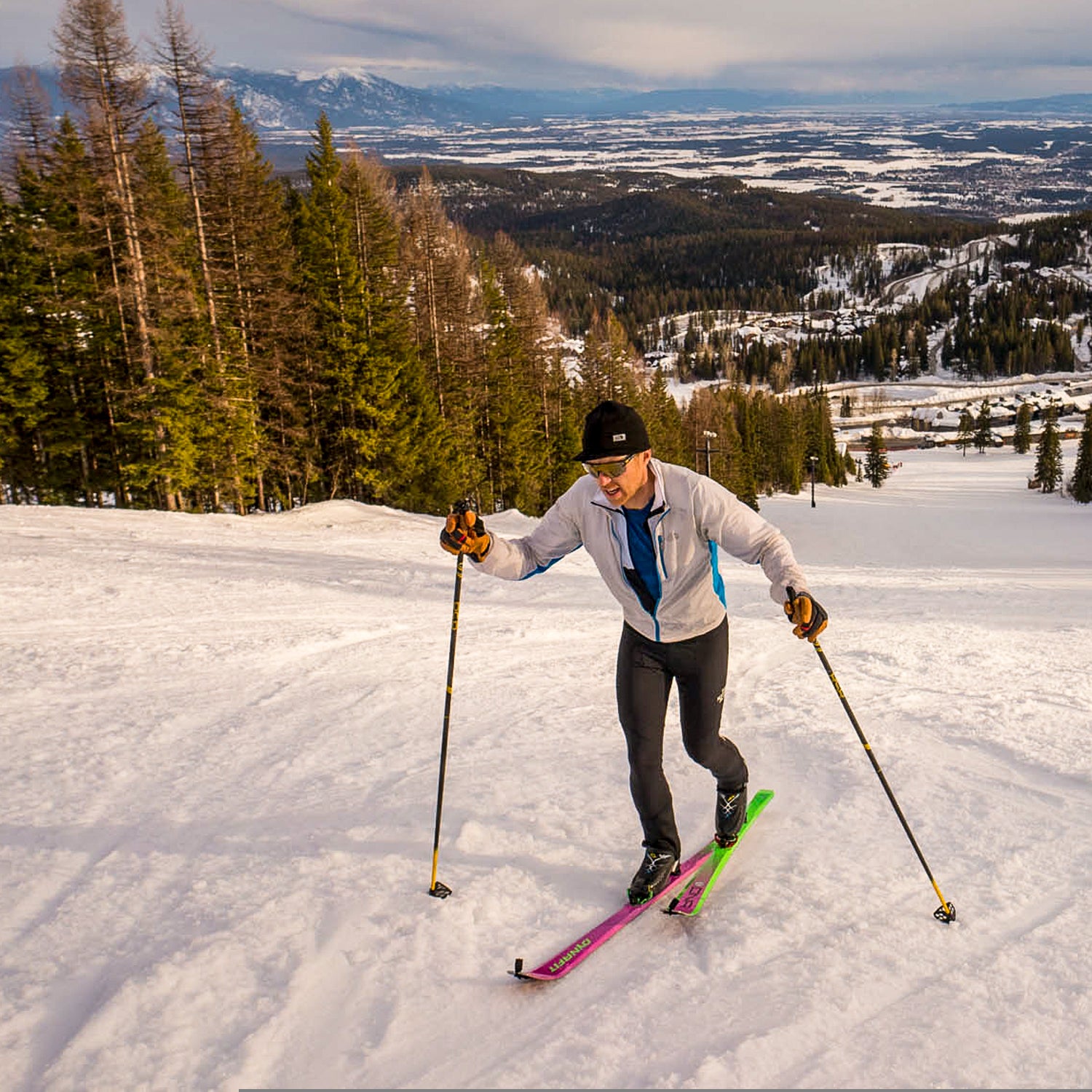On Saturday, Montana╠řultra-endurance athlete Mike Foote skinned and skied╠řa combined 61,200 vertical feet over the course of 24 hours at MontanaÔÇÖs , beating╠řthe previous world record by 1,200 feet.
Foote is best known for his accomplishments as a mountain ultrarunner: heÔÇÖs earned multiple podium finishes at ColoradoÔÇÖs ╠řand in 2012 finished third in the ,╠řa 106-mile race. But heÔÇÖd never attempted anything of this magnitude on skis. That╠řwas part of the draw.╠ř
ÔÇťIÔÇÖd never done high-intensity efforts of╠řmore than a few hours on skis,ÔÇŁ he says. ÔÇťI was curious what it would be like to do something on skis for the entire day.ÔÇŁ
His chosen route went straight up the mountain at a 30-to-35-percent gradeÔÇö1,020 vertical feet per lap. He needed to repeat that route 60 timesÔÇömore than twice the height of Mount Everest from sea levelÔÇöin order to break the record. ÔÇťI didnÔÇÖt really know what to expect after eight or ten hours,ÔÇŁ he says.╠řFoote brought spare╠řski boots and socks, and planned to change into them after a few hours, to prevent blisters, ÔÇťbut then I just got lazy and decided not to,ÔÇŁ he says. Naturally, blisters ensuedÔÇöthough Foote says he doubts╠řanything wouldÔÇÖve prevented themÔÇöand he suffered through a host of other nagging pains, including tight hip flexors and weary upper-body muscles from yarding on his poles on the steep upper pitch of the climb, which iced up at night.╠ř
For an effort this gargantuan, the right gear isnÔÇÖt just a matter of comfortÔÇöitÔÇÖs a matter of minutes.╠řFoote worked with the North Face on a custom ski suit designed to manage temperature, reduce drag, and save precious time. The suit was constructed from╠řa combination of fabrics made by the Swiss textile mill╠řSchoeller,╠řa leader in the ÔÇťknit aerodynamic space,ÔÇŁ according to╠řa North Face spokesperson. ÔÇťLike a golf ball, the material helps keep air and wind close to the body longer,╠řreducing turbulence.ÔÇŁ╠ř
Dubbed the Custom Proprius, FooteÔÇÖs suite isnÔÇÖt available for sale. But we asked him to break down the rest of his gear.
Dynafit DNA Skis and Bindings (skis $1,000, bindings $800)╠ř
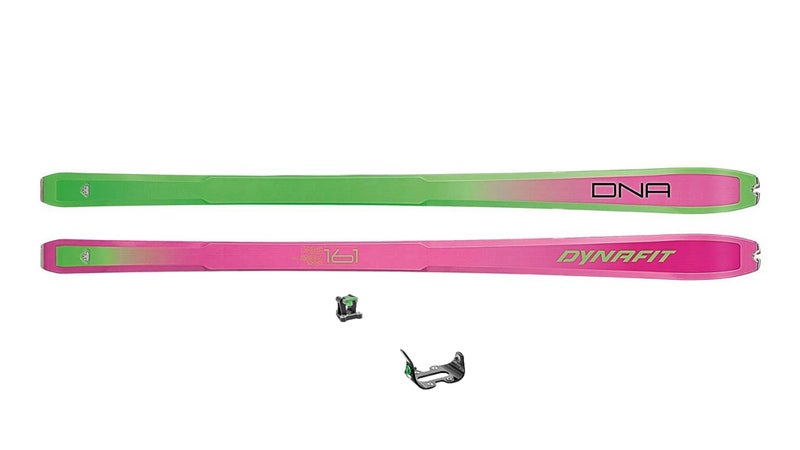
Designed with skimo racing in mind, the DNAs are minimal: 65 millimeters at the╠řwaist, with a carbon cap construction that weighs significantly less than skis with╠řtraditional sidewalls. ÔÇťTheyÔÇÖre the lightest╠řavailable. I use them for racing and have been really happy with their performance,ÔÇŁ Foote says.╠ř
╠ř
Dynafit╠řCarbonio╠řBoots by Pierre Gignoux╠ř($2,100)╠ř
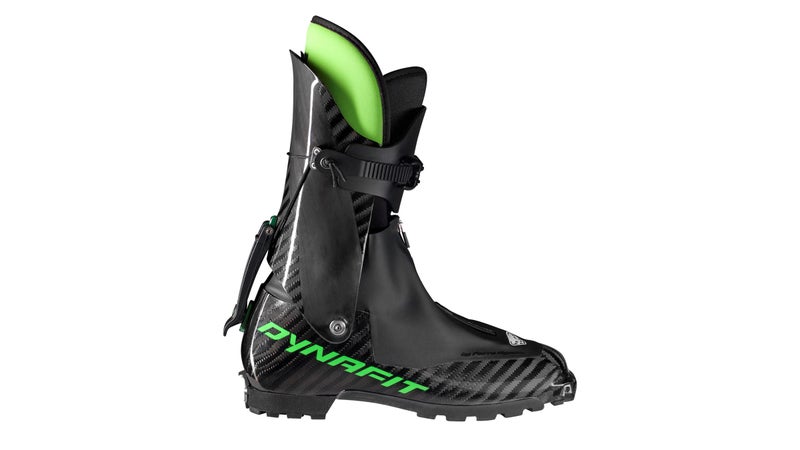
Likewise, the Carbonio boots are designed with speed in mind. TheyÔÇÖre made entirely╠řof╠řcarbon╠řand weigh just 600 grams. ÔÇťIÔÇÖve used Pierre Gignoux boots for the past two seasons, and they work well. TheyÔÇÖre among the lightest boots on the market. Plus, it was important for me to use gear I had hours and hours of experience with in training,ÔÇŁ Foote says.
Petzl Reactik Headlamp ($85)
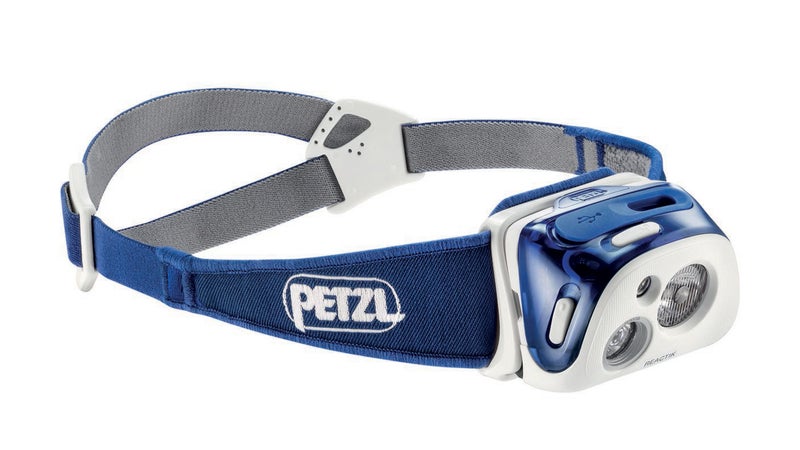
ÔÇťIÔÇÖve used Petzl headlamps for years and appreciate their battery life and reactive lighting,ÔÇŁ says Foote. The beamÔÇÖs brightness automatically adjusts╠řbased on how close you are to the object itÔÇÖs pointed at, which makes for fuss-free use.╠ř
Julbo Aerospeed Sunglasses ($190)
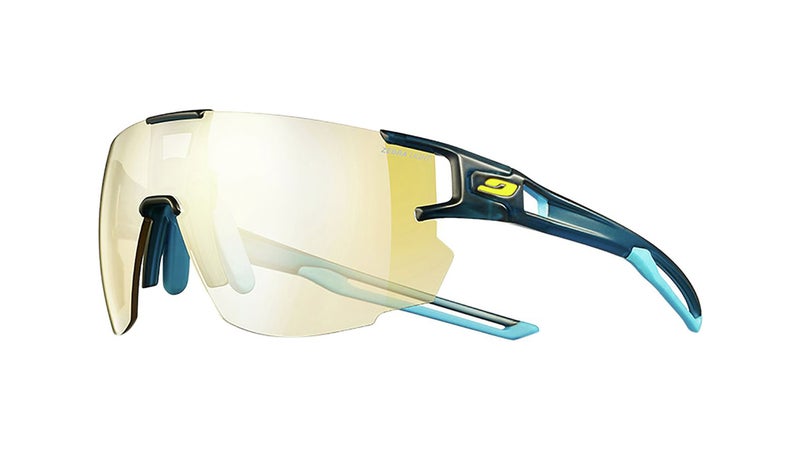
ÔÇťI wore a single pair of these for the entire 24 hours. The photochromic╠řlenses darken in the sun and turn almost clear at night, and they didnÔÇÖt fog up once.ÔÇŁ
The North Face Ventrix Jacket ($200)
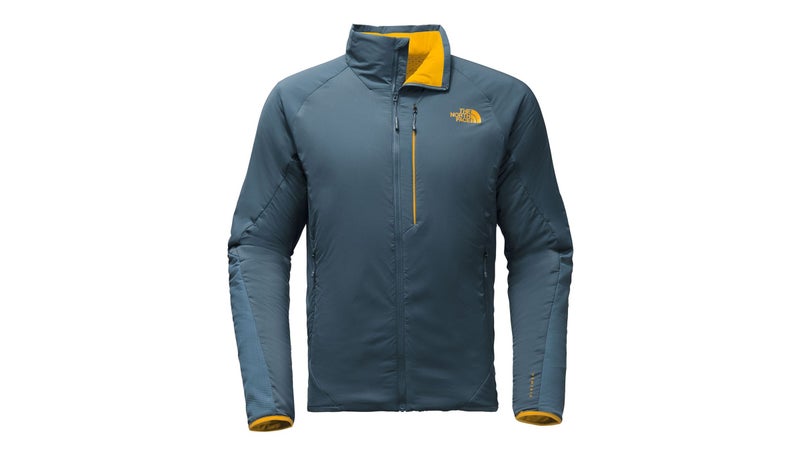
The Ventrix╠řis the North FaceÔÇÖs take on active insulation: microvents expand and contract to dump heat during high-intensity activities (like skinning uphill) and trap it when the body cools (like skiing downhill). ÔÇťThe North Face made a special, stripped-down version for me that was lighter╠řand had fewer pockets,ÔÇŁ says Foote. ÔÇťI was battling a pretty hefty downslope wind for several hours, and I was able to stay warm without overheating.ÔÇŁ╠ř
Jaybird Run Earphones ($180)
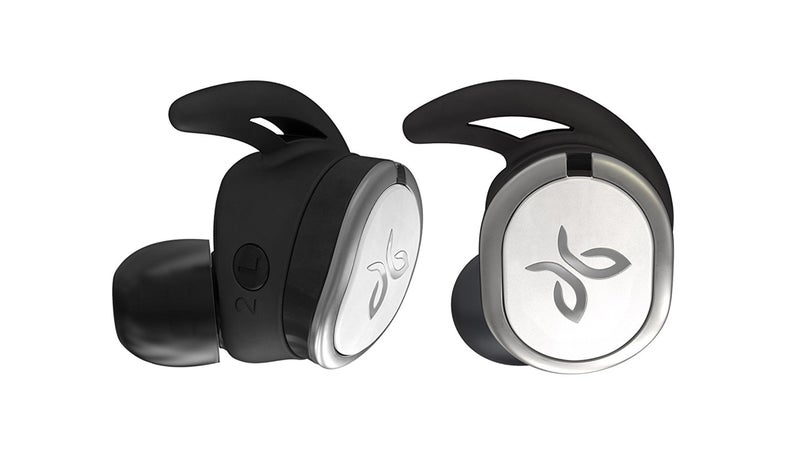
ÔÇťThese are completely wireless, and I wore just one earbud, so I could hear what was going on around me. I listened to a combination of music and podcasts to keep my mind occupied in the beginning, before I started using╠řpacers to lead me up the hill.ÔÇŁ
Suunto Spartan Ultra Watch ($700)
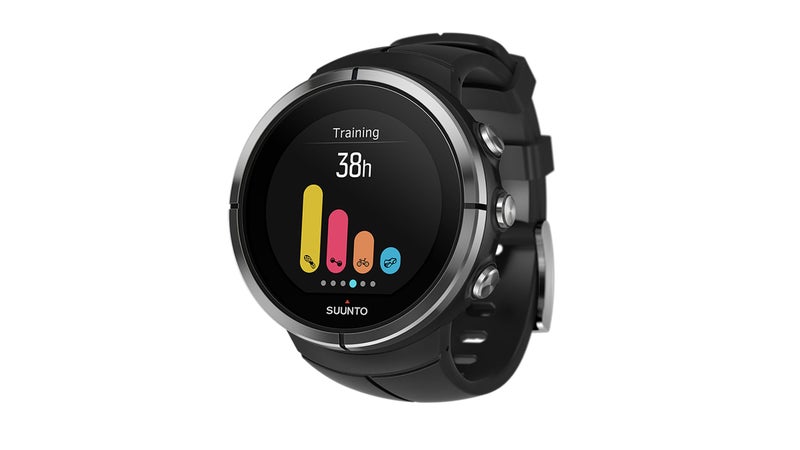
The Spartan Ultra tracks both horizontal and vertical speed (in addition to heart rate and vertical gain).╠ř“It's been such a big tool for my training,” says Foote.╠ř“I like it because it's super customizable and has great battery life. With a few small tweaks, like making the screen go to sleep after 10 seconds, I was able to use the watch on a single charge for a full 24 hrs and still had 30-percent battery life at the end.”
The North Face Two-Meter Dome Tent ($5,500)
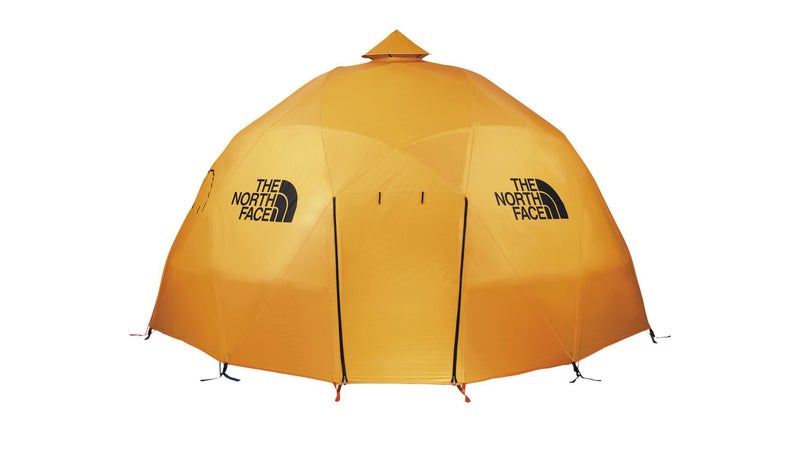
ÔÇťI had people documenting every lap, all night, at the top and bottom of the mountain. It was quite windy, and there were a few snow squalls, but my crew was able to hunker down in a couple of dome tentsÔÇöthe same ones used╠řat Everest Base Camp. They told me the tents made a huge difference.ÔÇŁ


